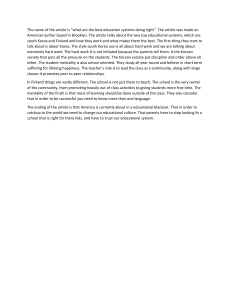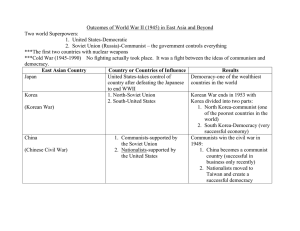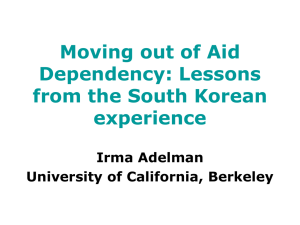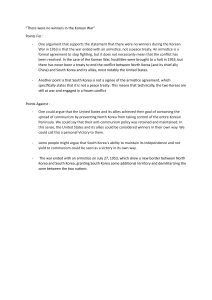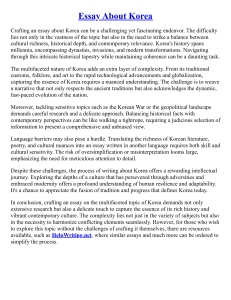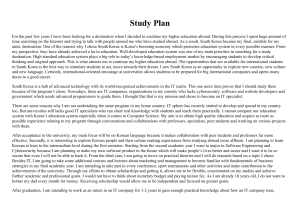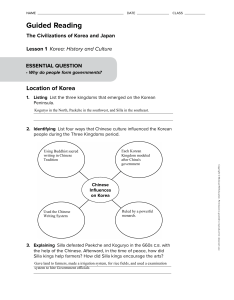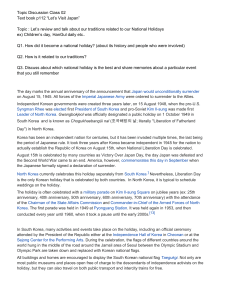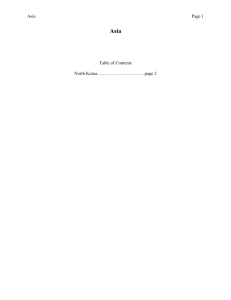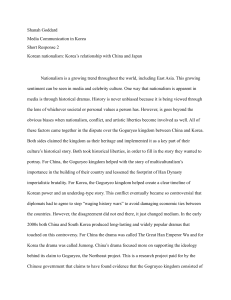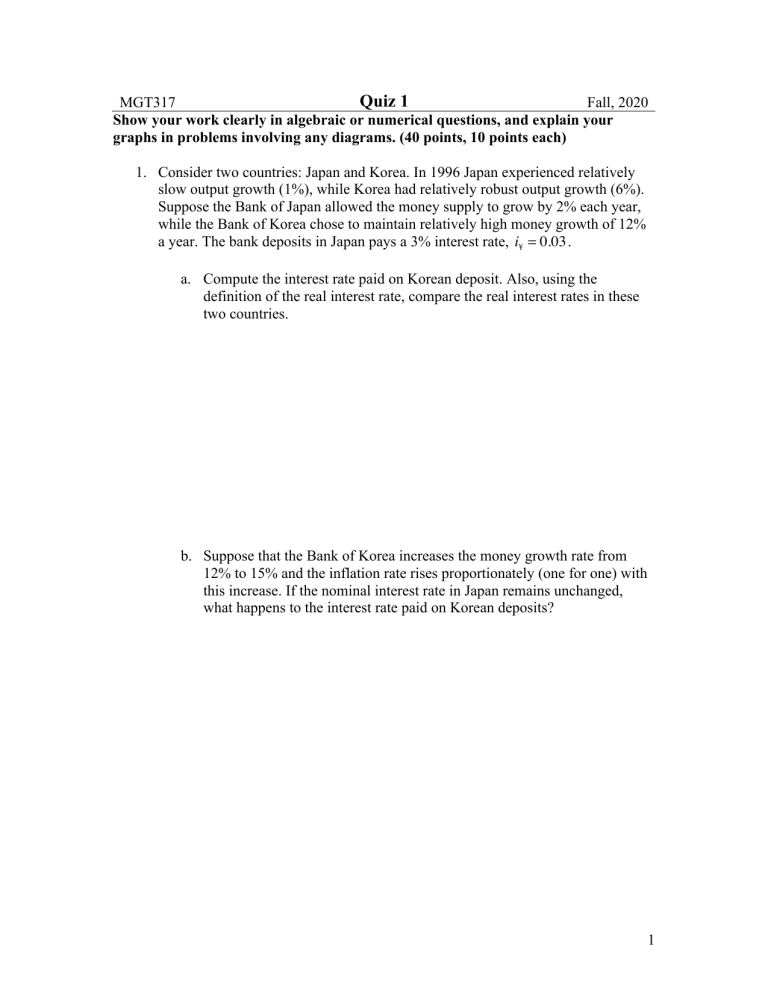
Quiz 1 MGT317 Fall, 2020 Show your work clearly in algebraic or numerical questions, and explain your graphs in problems involving any diagrams. (40 points, 10 points each) 1. Consider two countries: Japan and Korea. In 1996 Japan experienced relatively slow output growth (1%), while Korea had relatively robust output growth (6%). Suppose the Bank of Japan allowed the money supply to grow by 2% each year, while the Bank of Korea chose to maintain relatively high money growth of 12% a year. The bank deposits in Japan pays a 3% interest rate, i¥ = 0.03 . a. Compute the interest rate paid on Korean deposit. Also, using the definition of the real interest rate, compare the real interest rates in these two countries. b. Suppose that the Bank of Korea increases the money growth rate from 12% to 15% and the inflation rate rises proportionately (one for one) with this increase. If the nominal interest rate in Japan remains unchanged, what happens to the interest rate paid on Korean deposits? 1 c. Using time series diagrams, illustrate how this increase in the money growth rate affects Korea’s money supply (= 𝑀" ), interest rate (= 𝑖$%& ), s price level (= 𝑃" ), real money supply (= ( M K PK ) ) and won-yen exchange rate ( Ewon/¥ )over time. 2. Suppose that quotes for the dollar-euro exchange rate E$/€ are 1.50$/€ in New York and 1.55$/€ in Tokyo. Describe how investors use arbitrage to take advantage of the difference in exchange rates. Explain how this process will affect the dollar price of the euro in New York and Tokyo. 2
